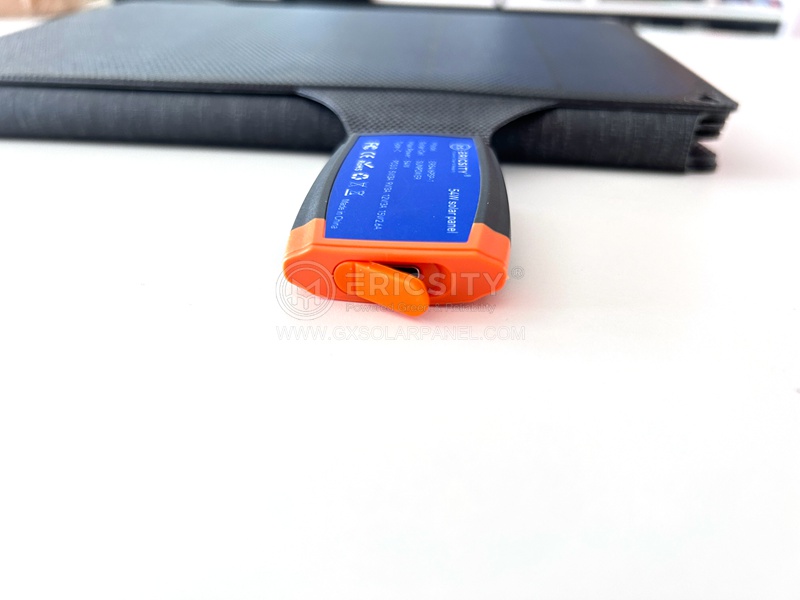HOT PRODUCT
Product Details
Maximizing Energy Savings: How Installation Costs Impact Your Savings
Maximizing Energy Savings: How Installation Costs Impact Your Savings
Introduction
In today’s world, where energy conservation is of utmost importance, maximizing energy savings has become a key objective for many individuals and businesses alike. One crucial factor that significantly impacts the potential for energy savings is the initial installation cost. While it may seem counterintuitive, the upfront expenses associated with energy-efficient installations can greatly influence the long-term savings. This article will explore the relationship between installation costs and energy savings, highlighting the importance of striking the right balance to achieve optimal efficiency.
Investing in Energy-Efficient Installations

To embark on a journey towards sustainable energy consumption, it is essential to invest in energy-efficient installations, such as solar panels, energy-efficient appliances, and insulation. These technologies often come with higher upfront costs compared to their conventional counterparts. However, the long-term benefits can far outweigh these initial expenses, resulting in substantial energy and monetary savings.

Understanding Lifecycle Cost Analysis
To evaluate the impact of installation costs on energy savings, it is crucial to consider the concept of lifecycle cost analysis (LCCA). LCCA is a method that assesses the total costs of owning and operating a system throughout its lifetime, including upfront expenses, maintenance costs, energy consumption, and potential savings. By analyzing and comparing the lifecycle costs of different installations, one can determine which option offers the greatest potential for long-term energy savings.

Installation Costs and Efficiency
When it comes to energy-efficient installations, higher installation costs are often associated with better efficiency. For example, a higher quality solar panel may be more expensive to install but can generate greater electricity output, leading to higher energy savings over time. Thus, it is crucial to consider the energy efficiency of various options and their corresponding installation costs when making purchasing decisions.
Return on Investment (ROI)
Another key factor to consider is the return on investment (ROI). While it is essential to assess the upfront costs, considering the potential savings and the payback period is equally important. ROI helps analyze the time it takes to recover the initial investment through energy savings. For instance, an energy-efficient HVAC system may have a higher upfront cost but lower energy usage, resulting in faster payback and greater long-term savings.
Government Incentives and Rebates
To encourage energy-efficient practices, many governments offer incentives and rebates to offset installation costs. These incentives can significantly reduce the initial investment, making energy-efficient installations more affordable and financially feasible. Therefore, it is crucial to research and take advantage of such programs to maximize your energy savings.

Case Study: Comparison of Lighting Installations
Let’s consider a case study comparing traditional incandescent lighting with LED lighting. While the upfront cost of LED lighting is higher, it consumes significantly less energy and has a longer lifespan than incandescent bulbs. By conducting an LCCA, it becomes evident that LED lighting offers superior energy savings over time, despite the higher installation costs.
Striking the Right Balance
While it is essential to consider installation costs, it is equally crucial to ensure optimal efficiency and long-term savings. Striking the right balance between upfront expenses and potential savings is key. It is recommended to evaluate various options, conduct lifecycle cost analysis, consider potential incentives, and consult with professionals to make informed decisions.
Conclusion
Maximizing energy savings is a goal that requires careful consideration of installation costs and the long-term benefits they offer. By investing in energy-efficient installations, conducting lifecycle cost analysis, understanding ROI, and exploring government incentives, individuals and businesses can make informed decisions to achieve optimal energy efficiency. Striking the right balance between installation costs and savings potential is essential in creating a sustainable future with minimized energy consumption.




